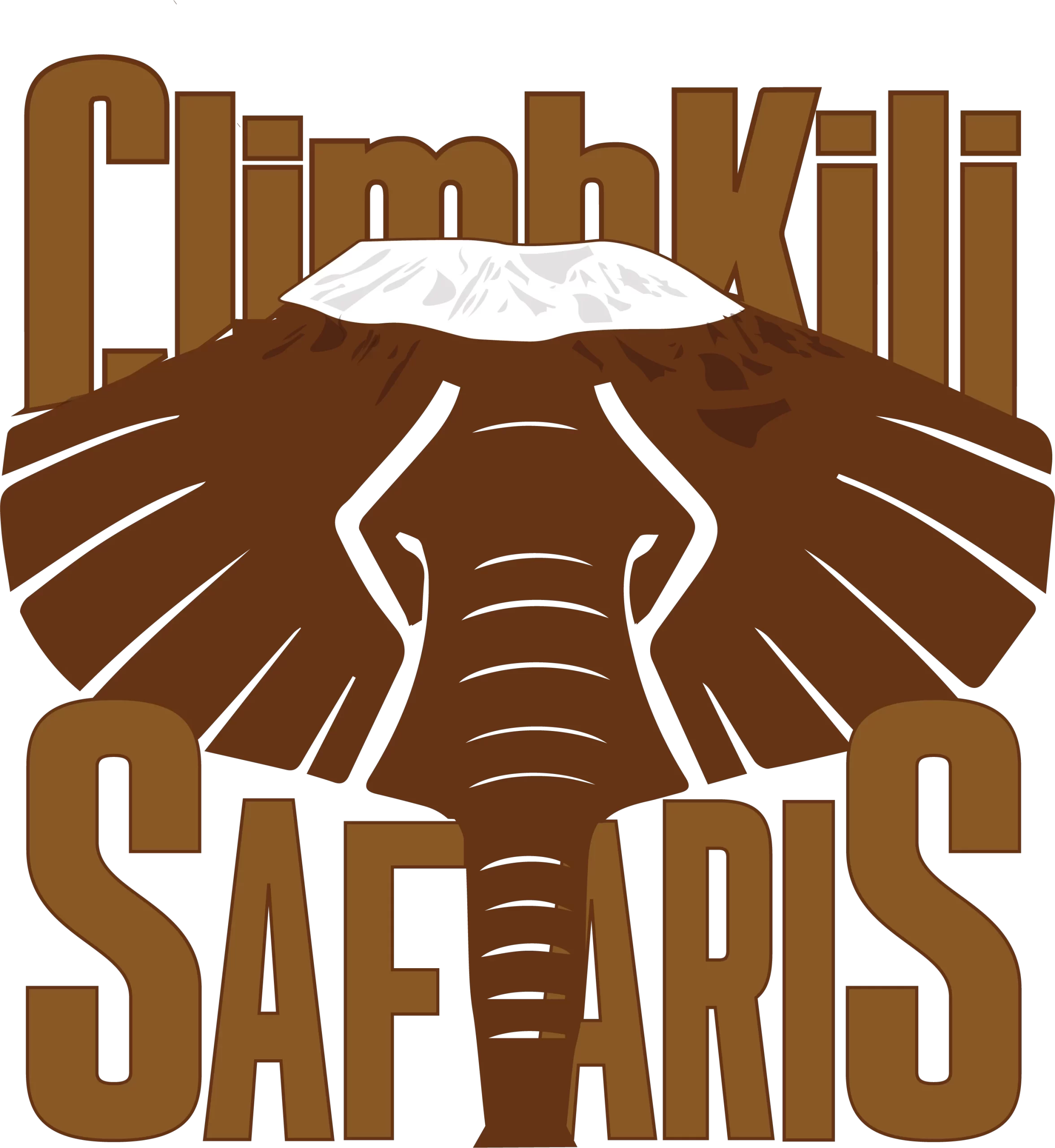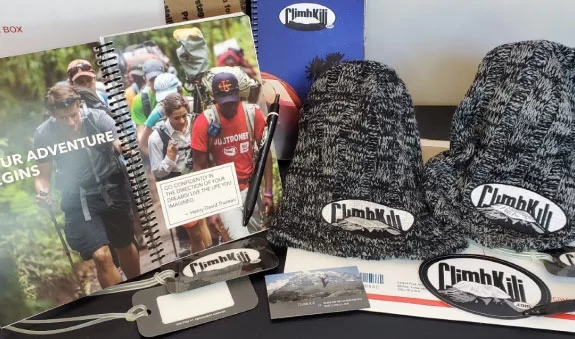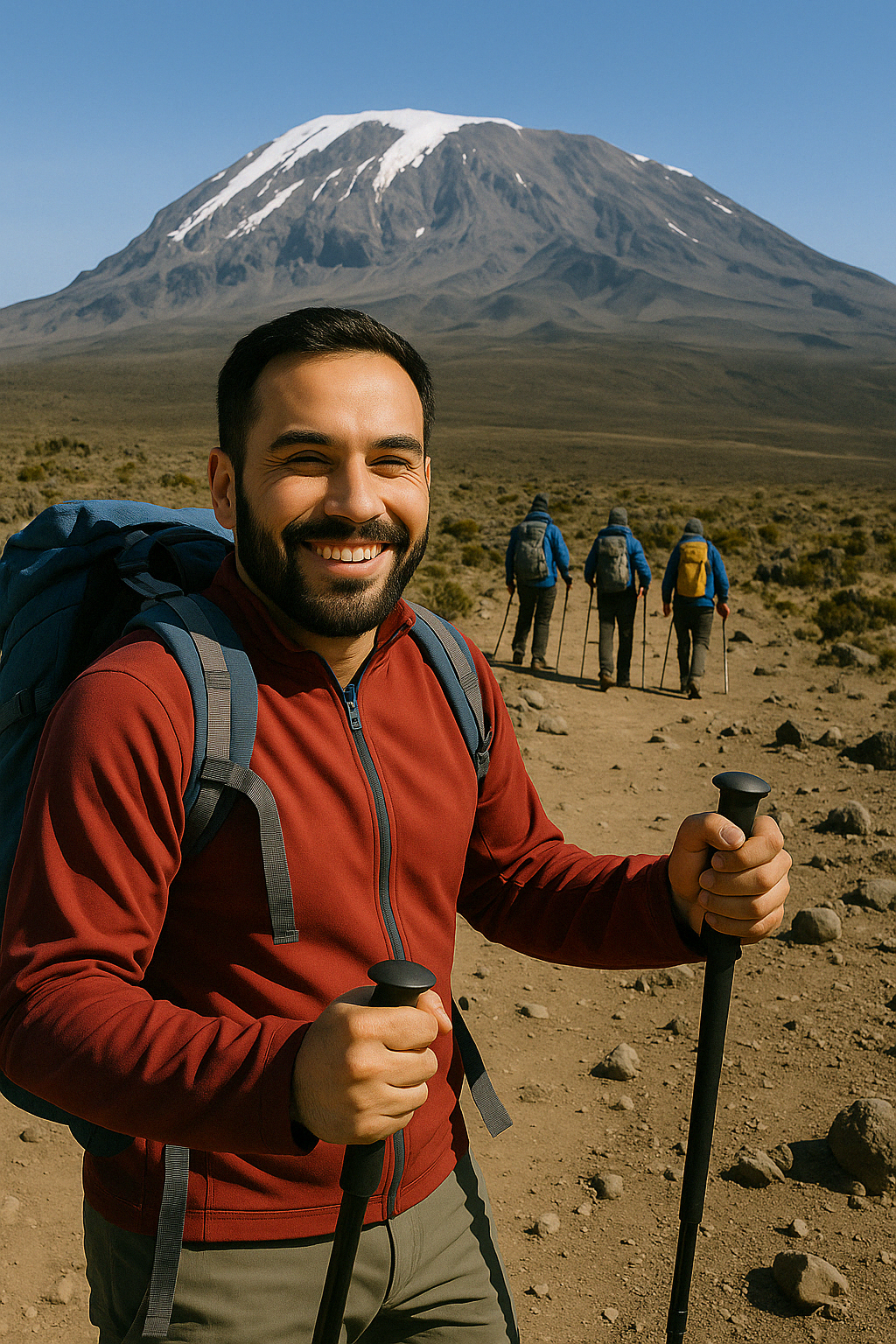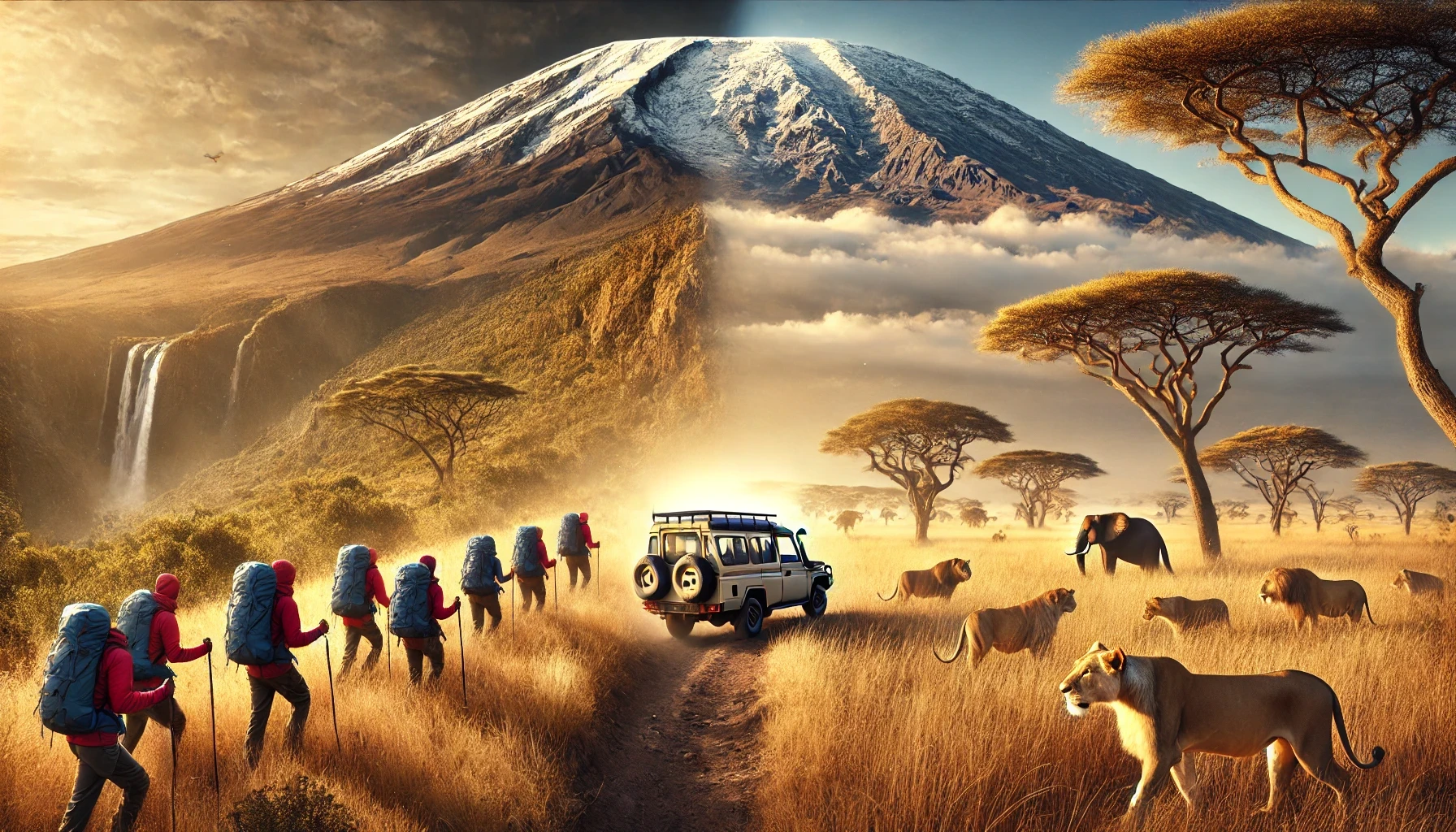Safety on Kilimanjaro: What You Need to Know Before Your Climb
The majestic mountain of Kilimanjaro stands as a beacon of natural beauty and wonder, drawing adventurers from all corners of the earth. From the lush rainforests at the base of the mountain to the snowy peaks that stretch toward the heavens, Kilimanjaro is a true testament to the magnificence of our planet.
Prepare to be captivated by the untouched grandeur of this sacred destination, and let it stir up awareness within you as your senses are invigorated with a newfound appreciation for mother nature. You’re sure to be filled with awe as you trek toward the summit of Kilimanjaro and let your spirit soar.
But amidst the wanderlust and excitement, safety must remain at the forefront of trekkers’ minds. After all, trekking on Kilimanjaro is still a strenuous journey filled with physical demands that require proper preparation and precautions.
At Climb Kili, we take trekker safety as our top priority. That’s why we have a 98% summit success rate! Here are some of the highlights of our approach to trekking safety on Kilimanjaro.
Trekking on Kilimanjaro Safety

Safety is everyone’s top concern, no matter where you trek. Kilimanjaro is not a technical mountain, nor is it dangerous. In fact, with proper trekking gear and the right attitude, most people summit without any issues. However, the high altitude does mean that trekkers need to be aware of their own limits and pay attention to their body’s signals.
Here at Climb Kili, we take safety seriously and guarantee that all our guides are First Wilderness Responder Certified. This gives trekkers the assurance of having experienced professionals accompanying them up Kilimanjaro, so they can feel secure during their journey.
To ensure the safety of our trekkers, we have put a variety of measures in place. Let’s quickly review those procedures now.
Oxygen Level and Heart Rate Monitoring
As the high altitudes experienced on Kilimanjaro can cause trekkers to experience altitude sickness, we check our clients’ oxygen levels and heart rates twice daily. If any trekker is showing signs of fatigue or altitude sickness, they will be accompanied by a guide and given supplemental oxygen if needed.

First Wilderness Responder Certified
As we mentioned briefly above, our trekking guides are all First Wilderness Responder Certified, meaning that trekkers can feel secure with the knowledge that their trekking companions are fully trained and certified to deal with emergency situations.
Whether you’re touring with Climb Kili or independently, it’s important to be aware of your own limitations and take regular breaks. You don’t want to let the excitement of trekking on Kilimanjaro cause you to overexert yourself and put your safety at risk. You’ll become familiar with the term “pole, pole” which means, “slowly, slowly” in Swahili. No need to rush, we can take our time.
Evacuation Plans in Place
In the rare case that trekkers experience any injury or altitude sickness, Climb Kili has evacuation plans in place to get them off the mountain quickly and safely. That way, they can get the medical attention they need without having to worry about finding their own way off the peak.
Daily Communication With Park Rangers
At Climb Kili, we make it a priority to keep our park rangers and office staff informed of trekking plans and whereabouts. That way, we can ensure that if there are any changes or unexpected events, help is readily available.
How to Prepare: Climbing Kilimanjaro Tips

Kilimanjaro safety starts with climbers being prepared before their rise. To help them be fully ready for the journey ahead, we have laid out a few tips for trekking on Kilimanjaro that trekkers should heed.
#1 Ensure You’re In Good Physical Condition
One of the most important climbing Kilimanjaro tips is to ensure participants are in good physical condition. The trek can be physically demanding, so trekkers must ensure they get enough training and conditioning before their tour.
We recommend participants start trekking in local hills and trails up to three months before their scheduled tour. This helps prepare the body for the physical demands of trekking on Kilimanjaro so they can feel fully prepared during their trek. We will also send a training guide in your welcome package to help you prepare.
#2 Bring the Right Gear
You never know when the weather can change on Kilimanjaro, so trekkers need to make sure they are prepared for the cold and wet conditions by bringing the right trekking gear. Climbers should bring boots, warm layers of clothing, hats, gloves, rain gear, trekking poles, and other essentials.

#3 Drink Plenty of Water
Hydrate. Hydrate. Hydrate. We can’t stress this enough. Trekkers should be drinking at least three liters of water a day to stay hydrated and help their bodies adjust to the high altitudes. It’s also important to remember to keep snacking throughout the climb, in order to give your body enough energy to continue trekking on Kilimanjaro.
Wrapping Up
Looking forward to your Kilimanjaro adventure? Amazing! We are too.
Please keep in mind that Kilimanjaro safety is no accident. As climbers reach for the summit, they should never forget that getting to the top is optional; returning safely is mandatory. We don’t want anything to jeopardize your journey, so please take heed of the Kilimanjaro safety tips we have shared and prepare accordingly.
If you’re yet to schedule your Kilimanjaro climb, feel free to reach out to us here at Climb Kili. We have Kilimanjaro climbing packages designed to fit everyone’s needs, and our professional guides will guarantee that your trek is both secure and unforgettable.
Let’s get ready for the climb!








